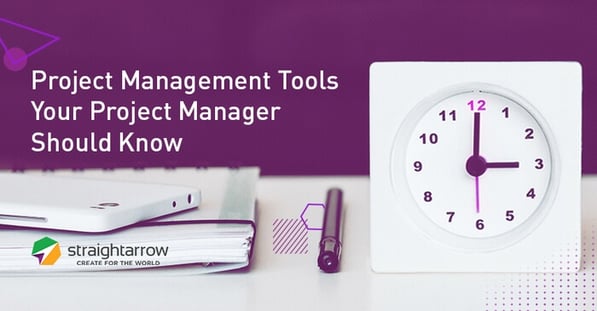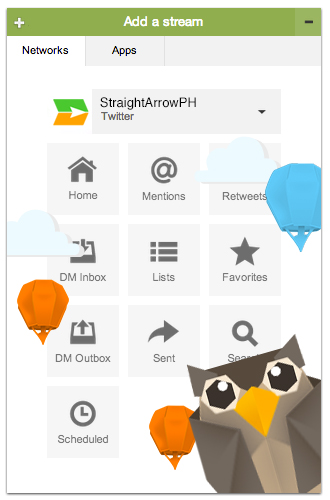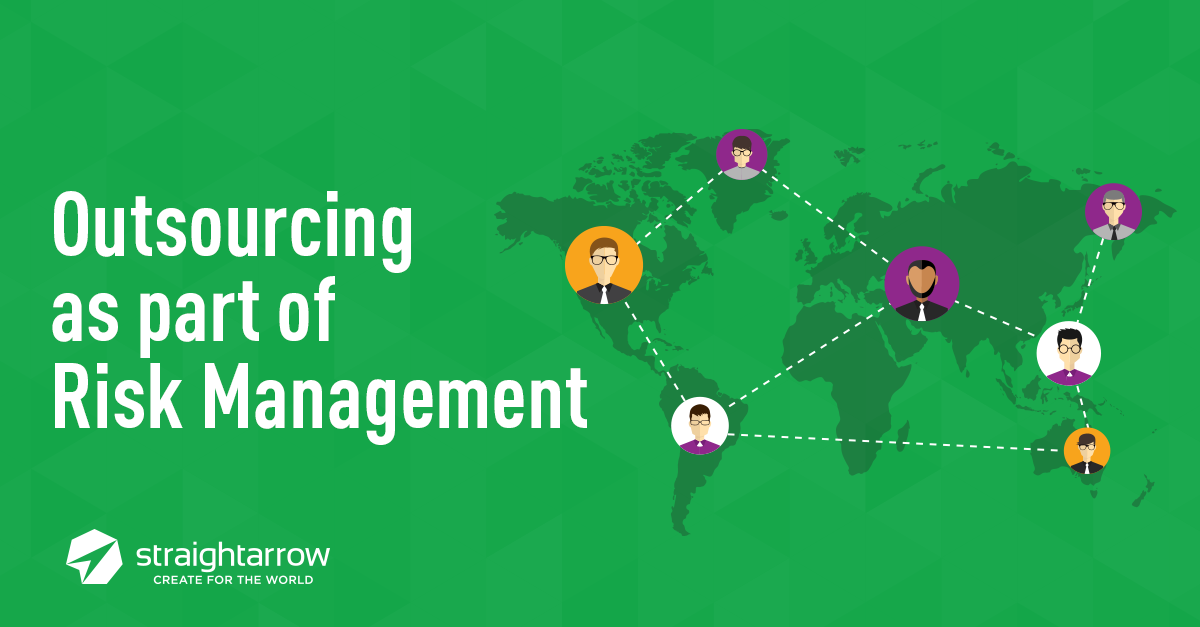
Every project manager worth their salt knows that (1) time is essential and (2) being organized makes the the task of handling projects much easier. Unclear deliverables and emails to sort out — with time pressure on top of all that — will definitely result in a major headache, not just for you but also for your client/s and team members as well.
Keep in mind that you are not just organizing timelines, tasks, and your team members. You are also monitoring project budgets, your team’s performance, and your clients as well.
There are different types of project management tools that cater to different tasks or situations. There are tools for creating timeline and resource availability calendars, communicating with the client, tracking your team members' hours on a project, and storing and sharing your files in one place. You don’t need to use every single project management tool in existence — and honestly, you shouldn’t. Still, the key to succeeding at project management is knowing which tools to use.
Here are our top recommendations:
1) TeamGantt
Does the name sound familiar? A Gantt chart is a bar chart that helps you visualize the tasks for your project with respect to your timeframe.
It was named after Henry Gantt, an American engineer and project management consultant who designed the version of the chart we’re familiar with. He was not the first person to create this type of chart, though. That distinction belongs to Karol Adamiecki, a Polish economist and engineer who was interested in management techniques.
As project managers, we value our time. We think of ways to help the team be more productive and efficient. This is where TeamGantt comes in. It is an online tool used to create a timeline for your project, which in turn will help you visualize and manage your team schedule. TeamGantt is a versatile tool that, among other things, allows you to categorize tasks into groups and subgroups, mark particularly important tasks and deliverables as milestones, set start dates and end dates for all your team members’ tasks depending on their availability, and identify task dependencies. It is convenient to use, and is helpful in collaborating with your team when it comes to setting your project timeline in stone. Plus, you can sync your Gantt chart with its corresponding project on Basecamp (another tool on this list).
As TeamGantt shows the whole project timeline, you can easily spot project risks, conflicting team member schedules, and which tasks need to be prioritized. You can also monitor your project and see if it is still on schedule or way past the deadline.
Create your first gantt chart on TeamGantt
2) Basecamp
Seeking an all-in-one platform for organizing your project deliverables, monitoring your members, and reaching out to your client? Basecamp’s got your back. Consider this your “digital office” for your team and your clIent. For starters, it allows you to effectively communicate not just with your team members, but also with your client. You can post a discussion, create to-do lists, keep tabs with your team members via Campfire (an instant messaging feature), upload documents, and see the schedule of tracking events and milestones via the iCal.
Basecamp will help you keep the momentum on every project,as any and all discussions between you, your team members, and your client are continuous and transparent. You can efficiently track everyone’s progress by simply asking on a specific thread or assigning a to-do to a specific team member. You also have the option to keep your discussions internal (by restricting other people, even your client, from seeing your thread) or public.
If you would like to know more about Basecamp, Visit their website.
3) Roadmap
Roadmap makes tracking the productivity of the whole team on your project significantly easier. With this, you can monitor your resources if they are maximizing the allocated hours on their task. By simply looking at their planned hours vs actual hours consumed, you can gauge how fast or efficiently your team members work.
This tool also serves as your dashboard. You can forecast if the project will be under budget or over budget, and how it will affect the cost and timeline of your project. Your team can identify potential project roadblocks by simply posting a message for the person in the project who is accountable for them. You can also import your project from Basecamp to Roadmap for smoother synchronization; doing so will carry over your existing to-do lists between platforms, among other useful features.
To know more about Roadmap, Visit their website
4) Google Drive
Google Drive is a highly popular online file storage and synchronization app. The suite includes Google Docs, Sheets, Slides, Forms, Google Drawings, and the like. It also promotes collaboration between your client and the team members for editing documents, presentations, spreadsheet, and forms. Since all your documents are online, there is no need to search your desktop folder.
With Google Drive, you can…
- Upload photos and videos. Take note of the file size when you’re uploading files, as this will slow down your drive and consume the corresponding amount of storage space.
- Create a folder for your specific project.
- Communicate simultaneously with your client or team members, ensuring efficiency and real-time feedback.
- Restore older versions by simply looking at the history of the document.
- See active team members updating your document.
- Use the chat box for instant messaging with the team.
- Set your document to enable you, your teammates, and/or your client/s to edit and comment as necessary.
- Enjoy mobile compatibility and functionality.
With the help of these tools, you can make the most out of your time, guarantee effective communication between your team and your client, stay transparent with regard to the budget of your project, implement proper documentation and storage, and ultimately manage the project smoothly. After all, while these tools do make project management significantly easier, the end goal is and will always be to produce high-quality output for clients — something that will be considerably challenging without a competent and well-equipped project manager.
Be sure to visit our website to learn more about the tools we use to Create for The World.







Comments